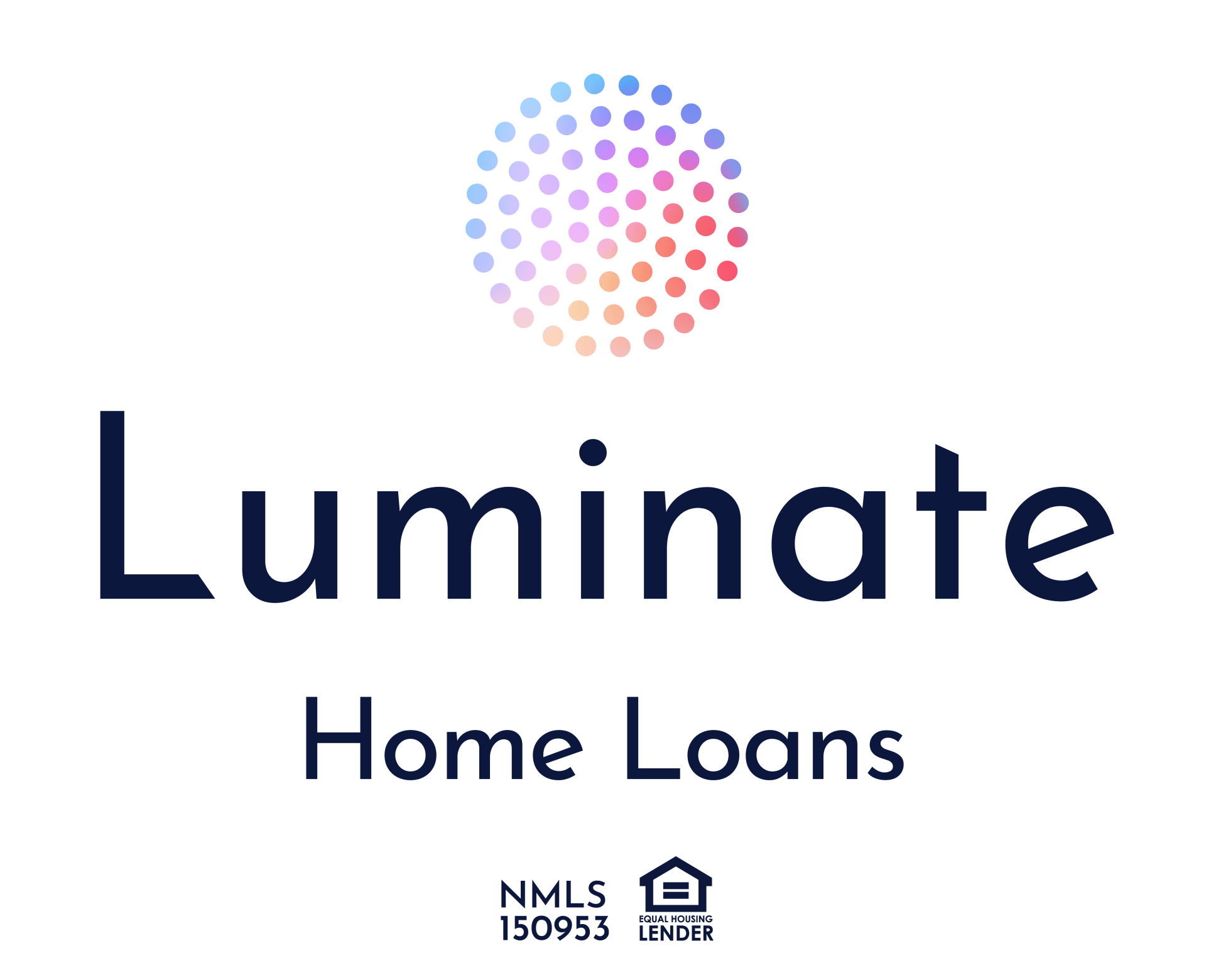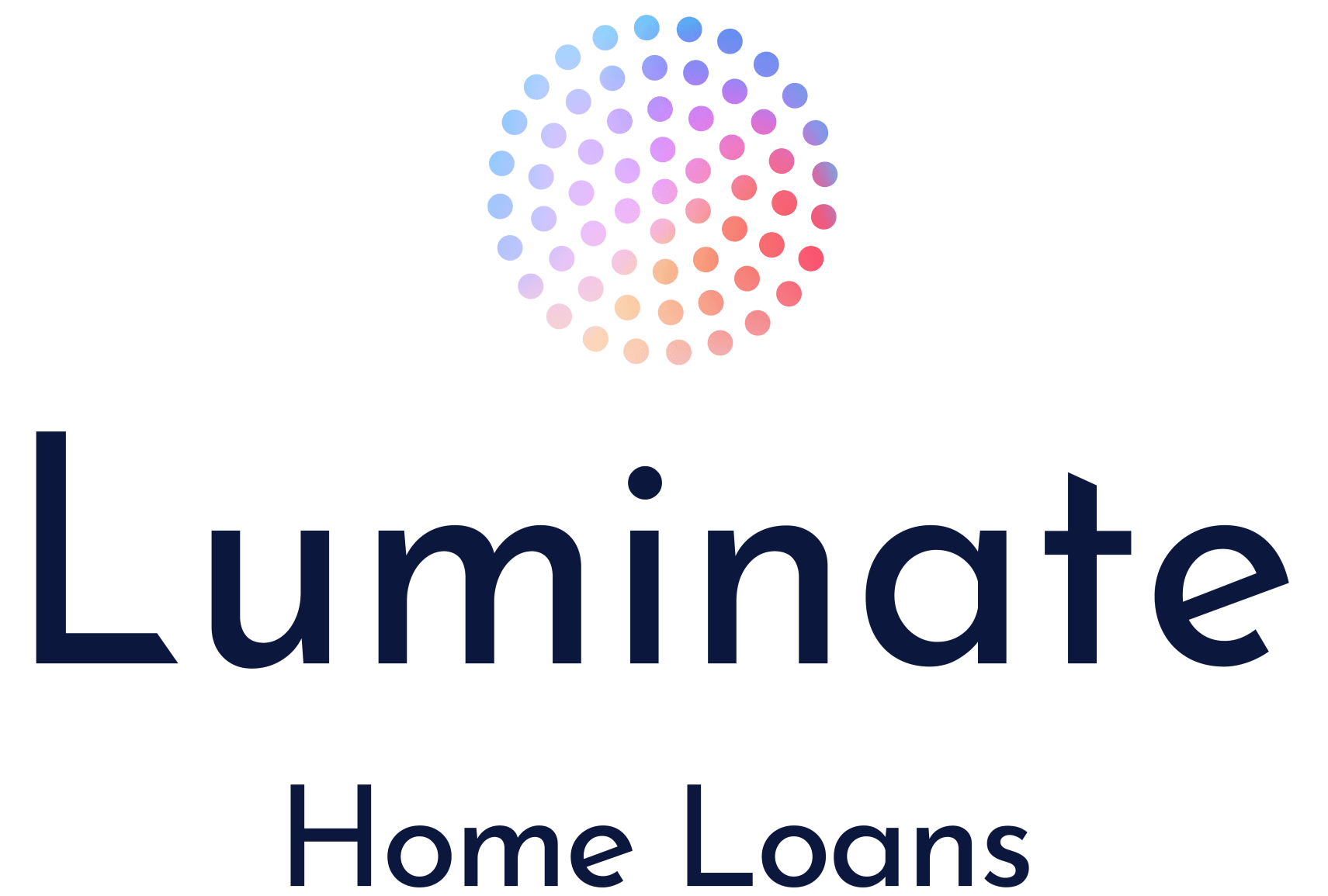Why the No-Cost Refinance Makes Sense - Buy Now, Build Equity, and Save Big in 2024
Owning a home is a crucial part of finding financial freedom, but deciding when to make the move into homeownership is never an easy decision. That decision is especially hard today with home prices and mortgage rates at record highs.
Buying a home now would likely come with a housing payment that is significantly higher than you would like. But waiting to buy until next summer, or until rates drop, will likely mean more competition, higher home prices, and less ability to negotiate on your purchase.
This is where the no-cost refinance comes in. While mortgage rates are high, many homebuyers have chosen to buy now and refinance for free later. This gives you the ability to jump into homeownership now, immediately benefit from paying down your mortgage balance, lock in your home price, and eliminate the gamble that home prices and mortgage rates will fall at the same time (spoiler alert: they never do.)
An economic recession is all but inevitable now, despite the government stimulus that delayed for much longer than expected. When the economic slowdown comes, mortgage rates will drop and allow those who bought at higher rates to refinance into much lower rates - usually at no cost.
Understanding Refinance Closing Costs
Closing costs are the dollar amounts it costs to get a mortgage done. There’s an appraiser, loan processor, underwriter, title or escrow officer, recording fees, credit reports, transfer taxes – you get the point. There are a lot of parties involved in writing a mortgage, and everyone needs to get paid. This is true whether you're buying a new home or refinancing an existing mortgage.
Typically, there are three different buckets of costs or fees associated with refinancing a mortgage:
- ·Lender fees are the costs associated with taking your loan from application to closing. While these kinds of fees typically include an application fee, credit report fee, origination fee, processing fee, and an underwriting fee, the full list of what you pay will vary depending on the lender you choose.
- Title fees are the third-party costs associated with the sale of the property or refinance of the loan. You might also hear these called escrow fees depending on where you live. The amount and type of title fees you pay will vary depending on the state and property type, but typically include the costs associated with title insurance, attorney fees, settlement fees, recording fees, etc.
- Prepaids are the upfront payments that need to be made to cover certain expenses in advance. Prepaids commonly include monthly homeownership expenses like homeowners’ insurance premiums, property taxes, and any mortgage interest that accrues on the loan from the closing date through the end of the month before your first payment.
What is a No-Cost Refinance?
When a lender advertises a no-cost refinance, they are saying they will offer you a credit to offset the lender, title, and other third-party fees. This is usually done in exchange for a slightly higher interest rate than you would receive if you chose a traditional refinance and paid all your closing costs out of pocket.
With most no-cost refinances the only costs you will be responsible for are the prepaids. These costs can vary widely depending on the location of your property (for property taxes) and when you close your loan (for prepaid interest). You can either pay these upfront costs when you close, but often your lender can roll them into your new loan amount, so you truly do not have to pay anything out of pocket.
This might make you question the "no-cost" part of your refinance, but prepaids are not really considered closing costs. Even if you did not refinance, you would still be paying property taxes, homeowner's insurance, and mortgage interest. Getting a new loan just means you pay a few months' worth of these costs upfront to get your escrow account funded with enough to pay taxes and insurance when due.
Keep in mind you will also likely get a refund from your previous mortgage escrow account. When you refinance, your original loan is completely paid off, and any balance you had left in that escrow account will be refunded to you in the form of a check issued by your old mortgage servicer typically within 30 days. You could always put that escrow refund from our previous loan, to work by paying down the balance of the new loan.
When Should You Consider a No-Cost Refinance?
In a market where rates are expected to go down, no-cost refinance is one of the savviest tools you can use to save money both short and long term.
If you bought a home today, it's very likely that you will have multiple opportunities to refinance your loan and capture savings before rates settle at their cyclical bottom.
If you refinance and pay closings costs, then refinance again as rates continue to drop, it’s likely you won’t have recouped all the closing costs from the initial refinance.
Let's say you bought a home today, and six months from now you can refinance and save $250 on your monthly payment. Assuming you added the closing costs of $8,000 into your new loan, you would have to keep your loan for 32 months to breakeven. If you refinance again any time before that, you will have lost money.
A no-cost refinance eliminates this risk, even if the rate for the no-cost refinance is a little higher. Let’s say the monthly savings are only $200. With $0 closing costs, even if you refinance again in one year, you will have saved $2,400.
The Bottom Line
In today’s market where interest rates are expected to fall considerably, a no-cost refinance can be a simple and risk-free way for homeowners to save money.
While rate is certainly an important consideration, along with the term of your loan, a no-cost refinance can eliminate the risk of paying double or even triple closing costs in a market where rates decline substantially.
Nobody knows where the bottom of the market is, or what the lowest rate will be in the future, but if the savings make sense and you can get those savings without costs, a no-cost refinance can be a great way to reduce your monthly payment and save you money.
At Luminate, our goal is to make sure you know exactly the rate at which it makes sense to do a no-cost refinance. Our mortgage advisors constantly monitor your loan relative to the current market conditions, and whenever there is enough of a benefit for you, we will proactively reach out to you and offer to refinance your loan at the most advantageous loan structure possible for your unique situation.
This is what we like to call our Mortgage Under Management strategy. Where we constantly keep eyes on your existing loan, relative to what rates are available in the market, so you never have to worry if you are in the best possible mortgage. If we are doing our job right, the closing of your first home loan with us, is where our relationship begins.



NMLS Consumer Access #150953
All Rights Reserved | Luminate Home Loans, Inc
Luminate Home Loans, Inc. a wholly owned subsidiary of Luminate Bank
NOTICE TO TEXAS CONSMERS: CONSUMERS WISHING TO FILE A COMPLAINT AGAINST A MORTGAGE BANKER OR A LICENSED MORTGAGE BANKER RESIDENTIAL MORTGAGE LOAN ORIGINATOR SHOULD COMPLETE AND SEND A COMPLAINT FORM TO THE TEXAS DEPARTMENT OF SAVINGS AND MORTGAGE LENDING, 2601 NORTH LAMAR, SUITE 201, AUSTIN, TEXAS 78705. COMPLAINT FORMS AND INSTRUCTIONS MAY BE OBTAINED FROM THE DEPARTMENT’S WEBSITE AT WWW.SML.TEXAS.GOV. A TOLL-FREE CONSUMER HOTLINE IS AVAILABLE AT 1-877-276-5550. THE DEPARTMENT MAINTAINS A RECOVERY FUND TO MAKE PAYMENTS OF CERTAIN ACTUAL OUT OF POCKET DAMAGES SUSTAINED BY BORROWERS CAUSED BY ACTS OF LICENSED MORTGAGE BANKER RESIDENTIAL MORTGAGE LOAN ORIGINATORS. A WRITTEN APPLICATION FOR REIMBURSEMENT FROM THE RECOVERY FUND MUST BE FILED WITH AND INVESTIGATED BY THE DEPARTMENT PRIOR TO THE PAYMENT OF A CLAIM. FOR MORE INFORMATION ABOUT THE RECOVERY FUND, PLEASE CONSULT THE DEPARTMENT’S WEBSITE AT WWW.SML.TEXAS.GOV.”



